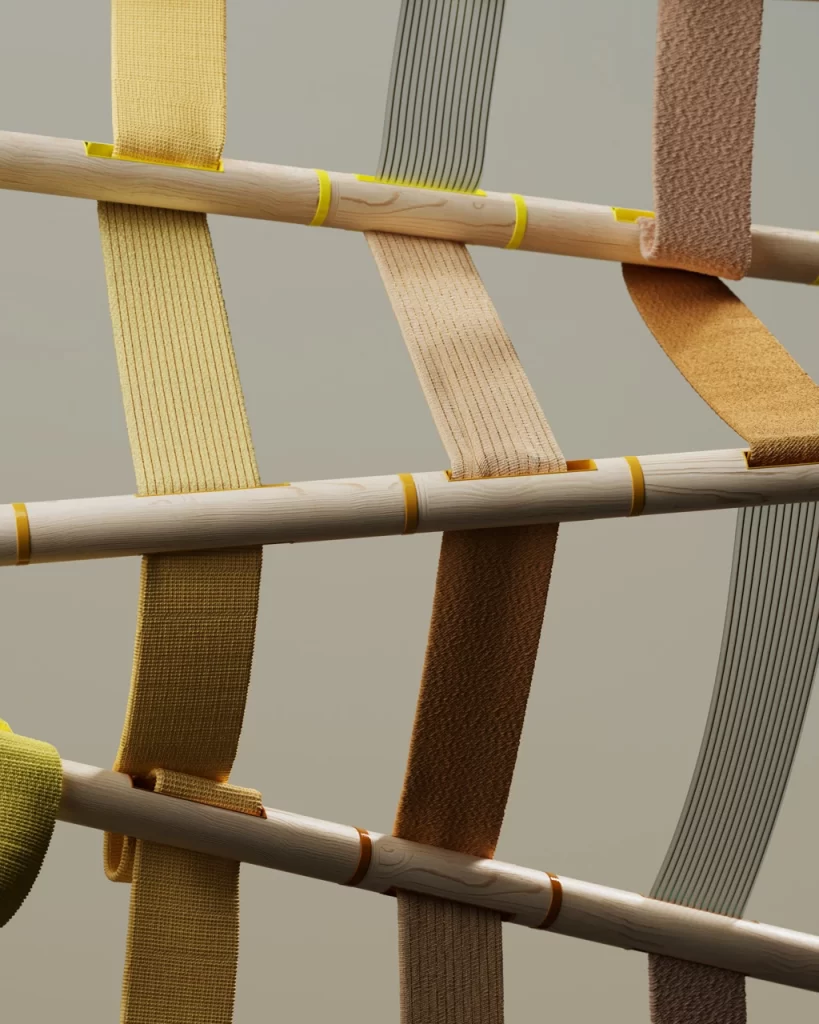
Exploring the Longevity of Fabric Acoustic Panels
Fabric acoustic panels are essential components in sound management for various environments, ranging from offices to recording studios. Their durability and maintenance are crucial for ensuring long-term performance and cost-effectiveness. This blogpost delves into the factors affecting the durability of fabric acoustic panels and provides insights into their maintenance to maximise their lifespan.

Key Factors Influencing Durability
Material Quality
The quality of materials used in fabric acoustic panels significantly impacts their durability. High-quality fabrics, such as wool and synthetic blends, are known for their resistance to wear and tear. Wool, for instance, is naturally resilient and can maintain its structure and appearance over extended periods. Synthetic fabrics like polyester are engineered to withstand heavy usage and environmental factors such as UV exposure².
Construction Techniques
The construction techniques employed in manufacturing fabric acoustic panels also determine their longevity. Panels with reinforced edges and high-density core materials exhibit enhanced durability. Advanced manufacturing methods, such as ultrasonic welding and high-frequency bonding, ensure that the panels remain intact under various conditions. These techniques help prevent common issues like fraying and delamination³.
Environmental Resistance
Environmental factors, including humidity, temperature fluctuations, and exposure to sunlight, can affect the durability of fabric acoustic panels. Panels designed for high-humidity environments, such as bathrooms or indoor swimming pools, often incorporate moisture-resistant fabrics and coatings. UV-resistant treatments are also applied to fabrics used in areas with significant sunlight exposure to prevent fading and degradation⁴.

Maintenance Practices
Regular Cleaning
Routine cleaning is vital for maintaining the appearance and acoustic performance of fabric panels. Dust and dirt accumulation can diminish the panels’ sound absorption capabilities. Cleaning methods depend on the fabric type; for instance, vacuuming with a soft brush attachment is suitable for most fabrics. Spot cleaning with a mild detergent solution can address stains, while some panels may allow for professional steam cleaning⁵.
Inspection and Repair
Periodic inspections help identify and address issues before they compromise the panels’ effectiveness. Look for signs of wear, such as frayed edges, loose fabric, or sagging. Promptly repairing minor damages, such as reattaching loose fabric or reinforcing edges, can prevent further deterioration. In cases of significant damage, replacing the affected panels is necessary to maintain overall performance⁶.
Protective Measures
Implementing protective measures can prolong the life of fabric acoustic panels. Installing panels away from direct sunlight, moisture sources, and high-traffic areas reduces the risk of damage. Using barriers or covers during construction or renovation activities can also protect panels from dust and debris. Additionally, applying fabric protectors can provide an extra layer of defense against stains and spills⁷.
Advances in Fabric Technology
Nano-Coatings
Recent advancements in fabric technology, such as nano-coatings, have improved the durability and maintenance of acoustic panels. Nano-coatings provide a protective layer that repels water, oil, and stains while maintaining the fabric’s breathability and acoustic properties. These coatings enhance the panels’ resistance to environmental factors and simplify cleaning⁸.
Smart Fabrics
The integration of smart fabrics into acoustic panels is an emerging trend that offers enhanced durability and maintenance benefits. Smart fabrics embedded with sensors can monitor environmental conditions and detect signs of wear or damage. This technology enables proactive maintenance and ensures the panels’ long-term performance⁹.
Enhancing the Lifespan of Acoustic Panels
Ensuring the durability and ease of maintenance of fabric acoustic panels is essential for their long-term functionality. High-quality materials, advanced construction techniques, and proper maintenance practices all contribute to extending the lifespan of these panels. By incorporating protective measures and leveraging technological advancements, users can optimise the performance and durability of fabric acoustic panels in various environments.
References
- Arau-Puchades, H. (1999). Acoustics and absorbers: Porous materials. Journal of Sound and Vibration, 220(4), 925-938.
- Cox, T. J., & D’Antonio, P. (2009). Acoustic absorbers and diffusers: Theory, design and application. CRC Press.
- Fahy, F. J. (2000). Foundations of engineering acoustics. Academic Press.
- Wang, X. (2010). The sound absorption characteristics of natural materials. Building and Environment, 45(2), 411-415.
- Bies, D. A., & Hansen, C. H. (2009). Engineering noise control: Theory and practice. CRC Press.
- Mankovsky, N. B., & Grigoriev, P. A. (2017). Acoustic properties of micro-perforated panels. Applied Acoustics, 124, 139-147.
- ASTM International. (2019). Standard test method for flame propagation of textiles and films. ASTM D6413-99.
- Kellert, S. R., Heerwagen, J., & Mador, M. (2008). Biophilic design: The theory, science, and practice of bringing buildings to life. John Wiley & Sons.
- Zannin, P. H. T., & Marcon, C. R. (2007). Environmental noise assessment in the city of Curitiba, Brazil. Journal of Environmental Management, 82(1), 1-10
Share